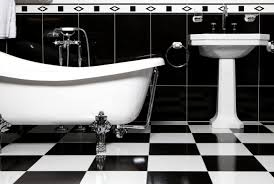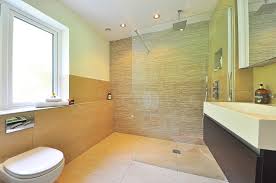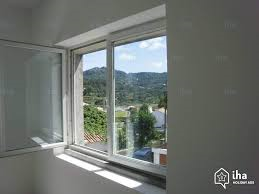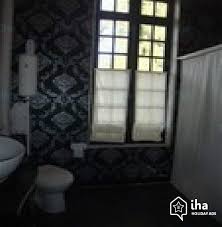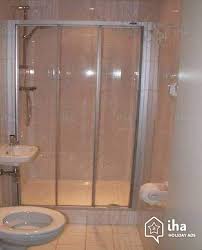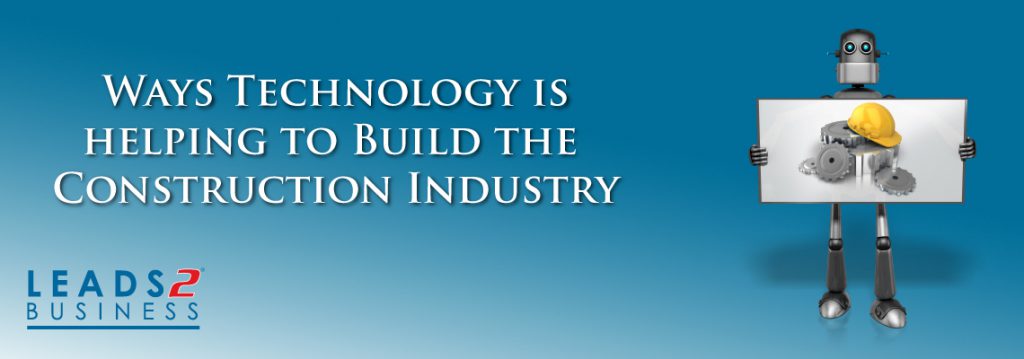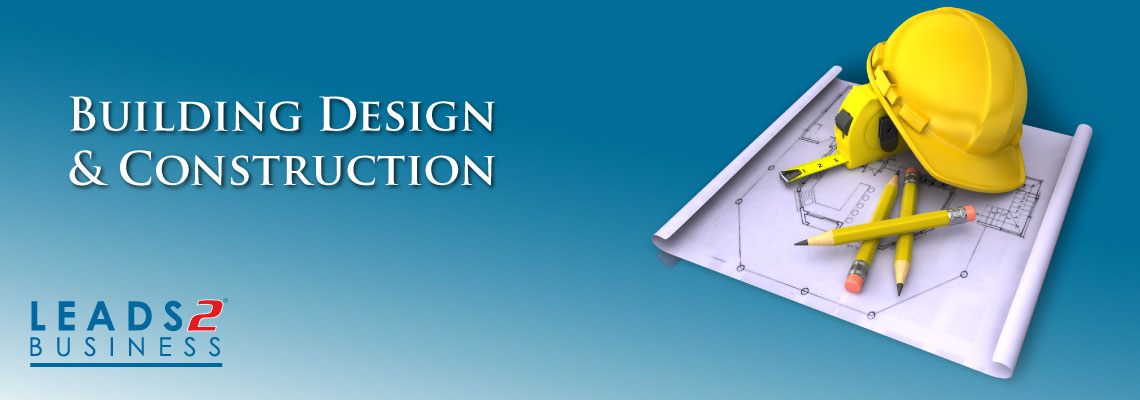5 Ingredients in the Constructions of a Road

5 ingredients in the Construction of a Road
Have you ever baked a cake and realised you forgot to add the flour or the baking powder? What tends to happen? Your cake flops or does not rise. Building a road is similar, but a lot more complex. There are so many ‘ingredients’ and important aspects that need to be considered before and during the construction of a road.
The first step to constructing a road would be planning. Your engineer/consultant would come on site and decide what type of road will be built and what materials would be used to construct the road. This will all depend on how much traffic will occupy this road. Even the simplest of roads can take up to months or possibly even years for the planning of the road. The engineer will need to evaluate many factors such as the environmental impact of the road, the availability of materials needed to construct the road, will the road be safe and, the most important factor, the cost of the road. These plans will be written into a final proposal where the consultants will need to evaluate these plans. Meetings will take place with all parties concerned and all the pros and cons will be discussed in vast detail. Without proper planning and careful consideration of all these factors, there is a chance that the foundation will collapse.
Shortly after careful planning and long and tedious meeting’s the plan will either be approved or rejected. We are going to assume that the planning was approved. The next step would be the construction of the actual road.
Ingredients used to construct a road:
1. The standard Foundation:
Bulldozers and graders, which are two types of machinery, will be used to flatten the ground surface. This ground layer will make up the bottom layer of our road
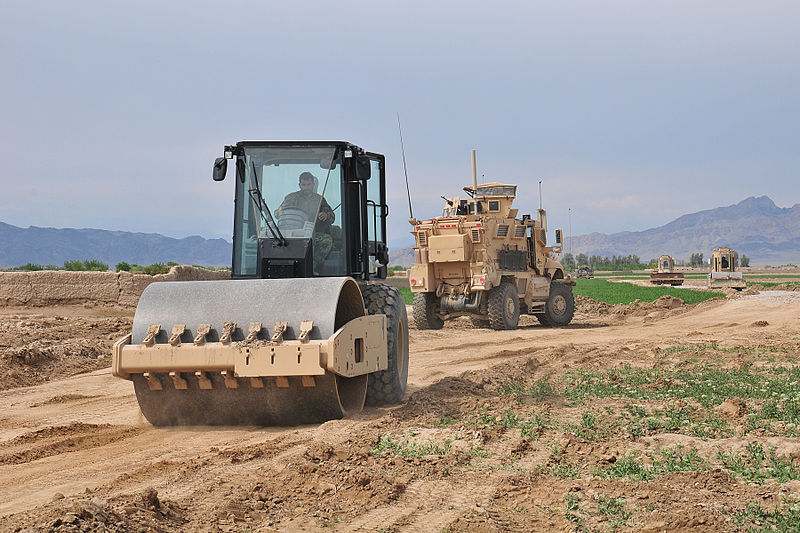
2. Gravel:
The gravel will be added in layers where a roller machine will be used to roll over this surface to ensure that the surface is compact and flattened

https://commons.wikimedia.org/wiki/File:Gravel_small_stones.jpg
3. Drainage facilities:
Drainage facilitates play a huge role in ensuring that the road is safe at all times from water backlogs. We are not able to control the weather and for this reason, we need to ensure that the road never gets saturated and water-logged. Firstly it is not safe for drivers on the road and secondly, the road will soon disintegrate and start deteriorating over time. Examples of drainage facilities would be drain and storm water sewers.
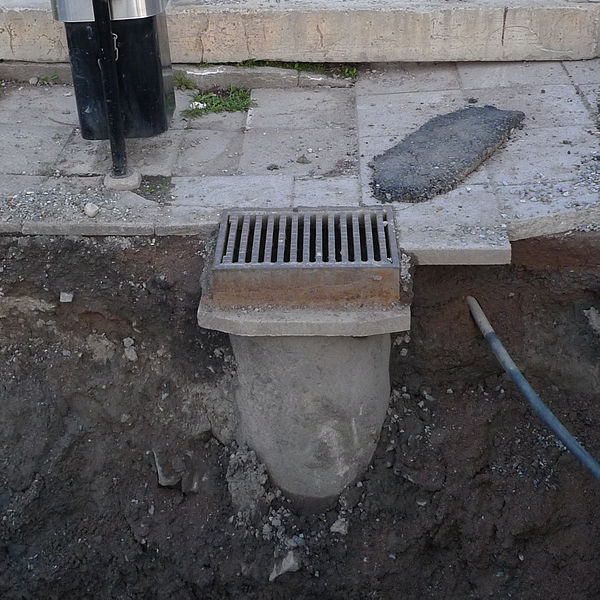
https://commons.wikimedia.org/wiki/File:Storm_drain_pipe_(crop).JPG
Once the foundation is complete and compact and has been inspected by the consultant, it is time to pave the road!
4. Asphalt / Bitumen
Asphalt uses an oil based substance called bitumen to make sand and crushed rock stick together like a glue-like substance. The asphalt is heated to +- 300 Degrees Fahrenheit (148,88 Degrees Celsius), where it
will be transported to the site where the construction team will spread the mixture evenly across the smooth gravel service. The mixture is rolled over the gravel surface where it will form a solid layer on the top.
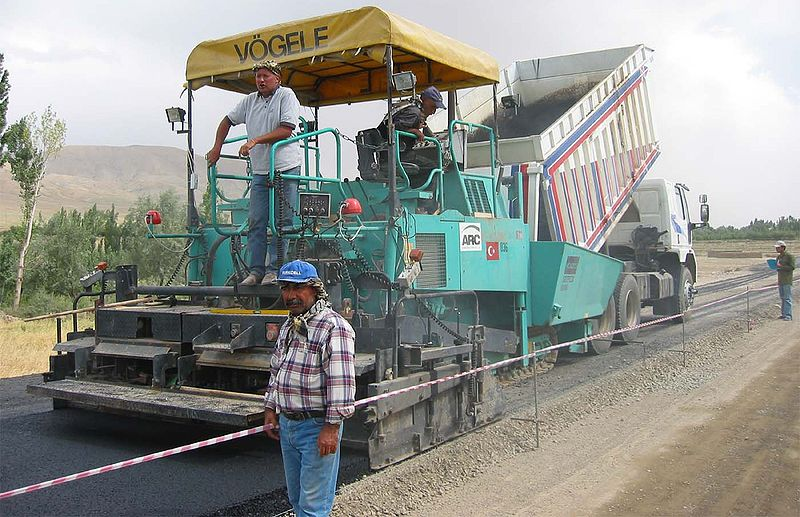
https://commons.wikimedia.org/wiki/File:AF-asphalt-laying-machine.jpg
5. Concrete Slabs
The finishing touches will be the concrete slabs that are laid on the side of the roads. Workers will pour liquid concrete into a steel mould called forms. A finishing machine is used to shake these moulds to ensure the mixture is distributed evenly for an even finish. The concrete slabs are laid alongside the road where incisions in the road are made to allow the concrete to expand and contract depending on the temperature, this will ensure that the road does not crack
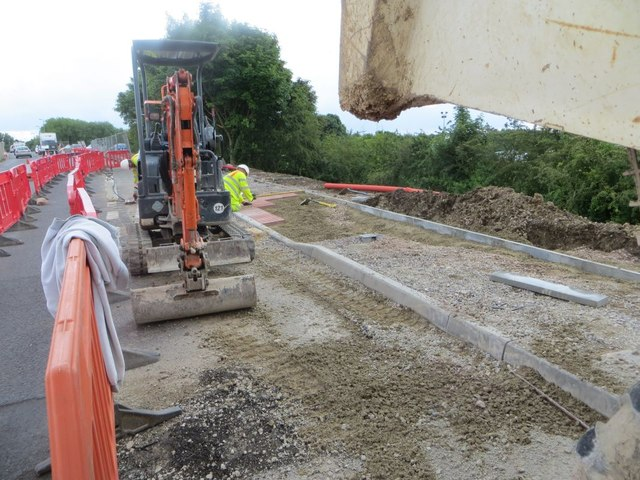
Every day we take our course of life, may it be a trip to the shop or work and take for granted these roads that we drive on. Most people think they just appeared or are set up overnight by machinery. The planning and work that goes into these roads are far more complex than most can imagine.
Sources used:
http://wonderopolis.org/wonder/how-do-you-build-a-road
https://en.wikipedia.org/wiki/Road
About Roxanne Mustard
My Name is Roxanne Mustard and I started working at Leads 2 Business in September 2016. My role in the Leads 2 Business team is as a Regional Content researcher in the Projects Department.



